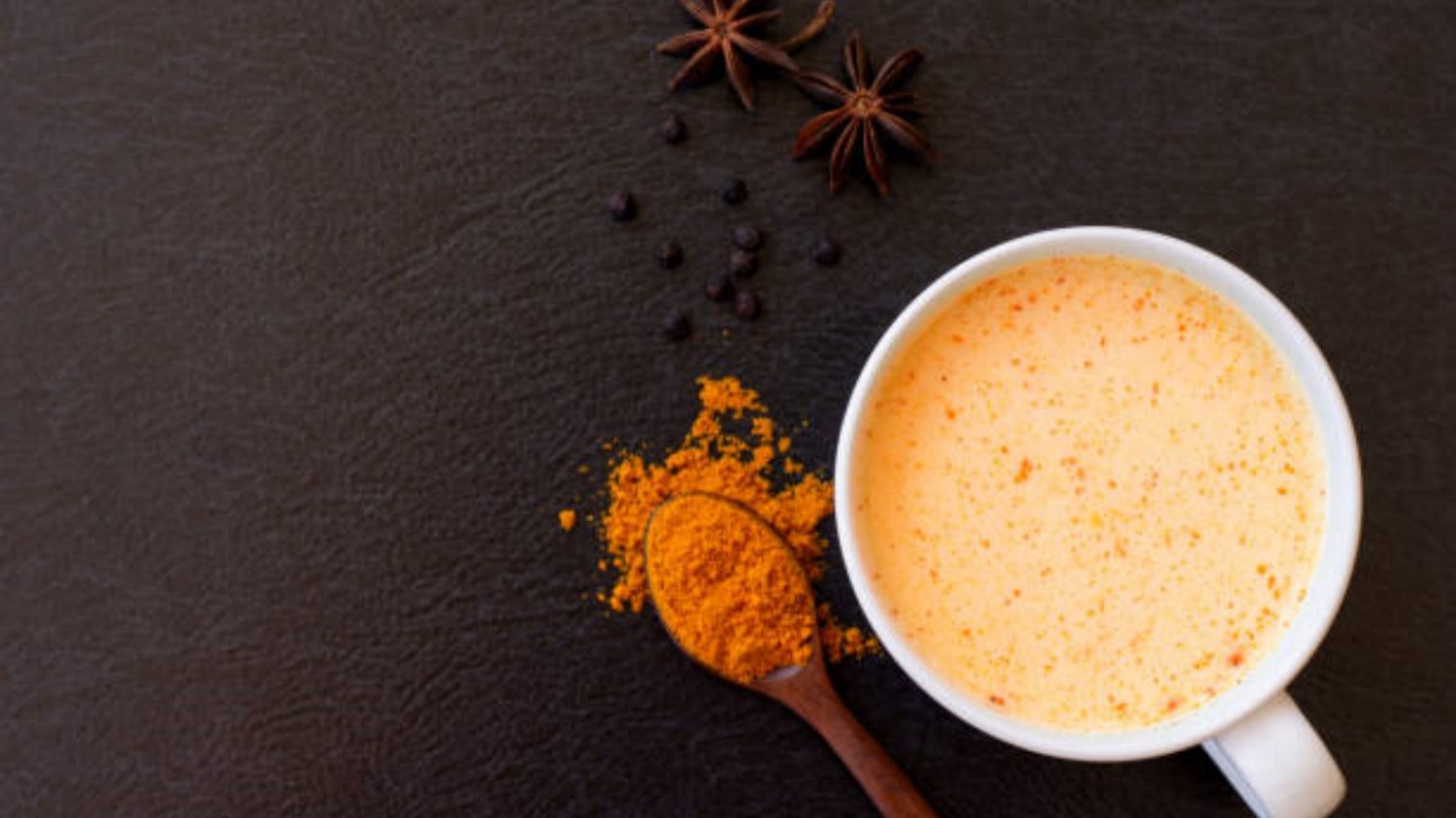What is Piperine?
Piperine is a bioactive compound found in black pepper, responsible for its pungent taste and distinct aroma. It is also present in other plants, including long pepper, jalapeno pepper, and white pepper. Piperine has various health benefits, including improved digestion, increased absorption of nutrients, and anti-inflammatory properties.
1. Black Pepper
Black pepper is the most common source of piperine. One teaspoon of freshly ground black pepper contains about 5-8 mg of piperine. Adding black pepper to your meals can increase the bioavailability of other nutrients, such as turmeric, by up to 2000%. Black pepper can be added to almost any dish, from soups and stews to salads and marinades.
2. Long Pepper
Long pepper is a close relative of black pepper, with a similar taste and aroma. However, it is less common and harder to find. Long pepper contains higher amounts of piperine than black pepper. You can use long pepper in the same way as black pepper, but it is especially suited for spicy dishes, like curries and Asian stir-fries.
3. White Pepper
White pepper is made from the ripe berries of the pepper plant, with the outer layer removed. It has a milder taste and aroma than black pepper but contains slightly higher amounts of piperine. White pepper is often used in light-colored dishes, like sauces, soups, and mashed potatoes, to avoid black specks.
4. Jalapeno Pepper
Jalapeno pepper is a popular spicy pepper used in Mexican cuisine. It contains a moderate amount of piperine, along with other bioactive compounds, such as capsaicin. Jalapeno pepper can add a kick to any dish, from tacos and guacamole to chili and salsa. Be careful not to touch your eyes or nose after handling jalapeno peppers.
5. Habanero Pepper
Habanero pepper is one of the hottest peppers in the world, with a fiery flavor and aroma. It contains a high amount of piperine, as well as other beneficial compounds, like vitamin C and beta-carotene. Habanero pepper can be used sparingly in sauces, marinades, and dips, but be aware of its intense heat.
6. Curry Powder
Curry powder is a blend of spices commonly used in Indian and Southeast Asian cuisine. It usually contains turmeric, cumin, coriander, ginger, and pepper, including black and white pepper. Curry powder can be used as a seasoning for meats, vegetables, soups, and stews, or as a base for sauces and marinades.
7. Turmeric
Turmeric is a spice commonly used in Indian and Middle Eastern cuisine, known for its bright yellow color and earthy flavor. It contains a bioactive compound called curcumin, which has anti-inflammatory and antioxidant properties. Piperine can enhance the absorption of curcumin by up to 2000%, making turmeric more effective.
8. Ginger
Ginger is a root commonly used in Asian and Indian cuisine, known for its spicy and aromatic flavor. It contains a bioactive compound called gingerol, which has anti-inflammatory and digestive benefits. Piperine can enhance the absorption of gingerol, making ginger more effective for nausea, pain, and inflammation.
9. Garlic
Garlic is a bulb commonly used in Mediterranean and Asian cuisine, known for its pungent flavor and aroma. It contains a bioactive compound called allicin, which has antibacterial and immune-boosting benefits. Piperine can enhance the absorption of allicin, making garlic more effective for heart health, cholesterol, and blood pressure.
10. Green Tea
Green tea is a popular beverage consumed worldwide, known for its refreshing taste and numerous health benefits. It contains a bioactive compound called EGCG, which has antioxidant and anti-inflammatory properties. Piperine can enhance the absorption of EGCG, making green tea more effective for weight loss, metabolism, and cognitive function.

